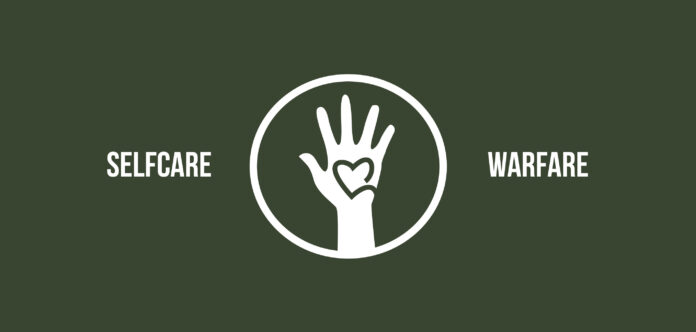To conclude this series of columns relating to oppressive ideologies and behaviors connected to the LGBTQIA+ community and because it’s Pride Month, I want to talk about something more directly related to sexuality than gender – monosexism and bi/pan/poly-phobia (a term I recently learned). Not to be confused with sexism, monosexism is a discriminatory idea/practice that marginalizes people who identify with non-monosexual sexualities. Bi/pan/poly-phobia, then, is the interactional experience of this discrimination. As usual, it’s probably necessary to define a few terms and give examples so we’re all on the same page.
What is a monosexuality?
Monosexuality is any sexual orientation/preference where an individual is attracted solely to one gender. Examples of monosexuality are homosexuality and heterosexuality.
Then what is a non-monosexuality?
If monosexuality, meaning one sexuality, is finding only one gender attractive in an emotional, sexual and physical sense, than non-monosexualities are those that are attracted to more than one gender. Examples of non-monosexualities are bisexuality, polysexuality and pansexuality.
So what does discrimination based upon non-monosexuality look like?
It’s when men question the validity of a woman’s bi/pan/poly-sexuality and see it merely as a “hot” phase that will lead them to a three-way.
It’s when one is constantly afraid that their non-monosexual partner is going to cheat on them with someone else because their “sexual playing field” is larger.
It’s when we forget that celebrities like Megan Mullaly (of Will & Grace fame), Azealia Banks (dance rap artist famous for ‘212’), Billie Joe Armstrong (of Green Day) and Carrie Brownstein (famous for Portlandia and the bands Sleater-Kinney and Wild Flag) are bisexual the moment that they enter into a relationship with someone of the same gender, whether or not it leads to marriage.
It’s saying that non-monosexuals benefit from straight privilege because they can “pretend” to be straight when it allows them social mobility.
But where does bi/pan/poly-phobia come from? Does it come from the idea that the majority of people are monosexuals? Does it come from the notion that it isn’t possible to find attraction to multiple genders? I don’t think so.
From what I understand, bi/pan/poly-phobia from the heterosexual community stems from anxieties over both faithfulness and the idea that a bi/pan/poly-sexual person could potentially find you attractive and make an unwelcome advance. This reinforces the idea that bi/pan/poly-sexuals are sex-hungry people, which is not at all a fair assumption. What underlies these anxieties, involving the possibility of cheating by non-monosexual individuals because of same-gender attractions, are issues of insecurity and homophobia. From the gay and lesbian community, bi/pan/poly-phobic attitudes stem from ideas of respectability and legitimacy in regards to the gay rights movement. The characterization of bi* and pan* folk as “sexually promiscuous” threatens the gay and lesbian communities’ ability to gain respect from the straight majority. Bi/pan/poly-phobic attitudes in relationships appear, at least in my mind, to stem from one’s issues with trust and insecurity, which is not something you should blame an entire group of people for.
Either way, the biggest form of bi/pan/poly-phobia is the erasure of their identities. We live in a society where we are taught that we can only love and have sex with a single gender. Being capable of being in love with and having sex with multiple people of different gender identities is often not discussed or mentioned during our formative years. You’re either gay/lesbian or you’re straight. Or at least that’s what my experience has been. Because of this, bi/pan/polysexual individuals are often forgotten or erased in the mainstream media and within the LGBTQIA+ rights movement because their sexuality doesn’t fit into mainstream conceptions of what sexuality is. So then how can we unlearn monosexist and bi/pan/poly-phobic thinking?
By now you can probably guess that I’m going to advocate for us to not forget or leave out these identities when we are thinking of LGBTQIA+ events like Pride and political issues involving the broader queer community. I want to suggest that we think further about attraction, and understand it as not limited to a single gender or a single body, but something that can be attributed to multiple genders and multiple bodies. Just as I talked about in last week’s column on the issue of gendering, sexuality as we understand it isn’t as clear-cut as it’s usually explained.
To talk about self-care and bi/pan/poly-phobia is to suggest that we need to unlearn the monosexual understanding of sexuality. We need to not prescribe identities for other people but rather allow them to self-identify, and we need to be okay with their doing so. We need to allow for self-identity to be the only “proof” needed to validate that identity. We need to erase all of the assumptions that are placed onto those who identify as non-monosexual and allow the narratives and experiences of non-monosexual people to speak for themselves.
Contact Gilbert Gammad at gdgammad@ucdavis.edu




